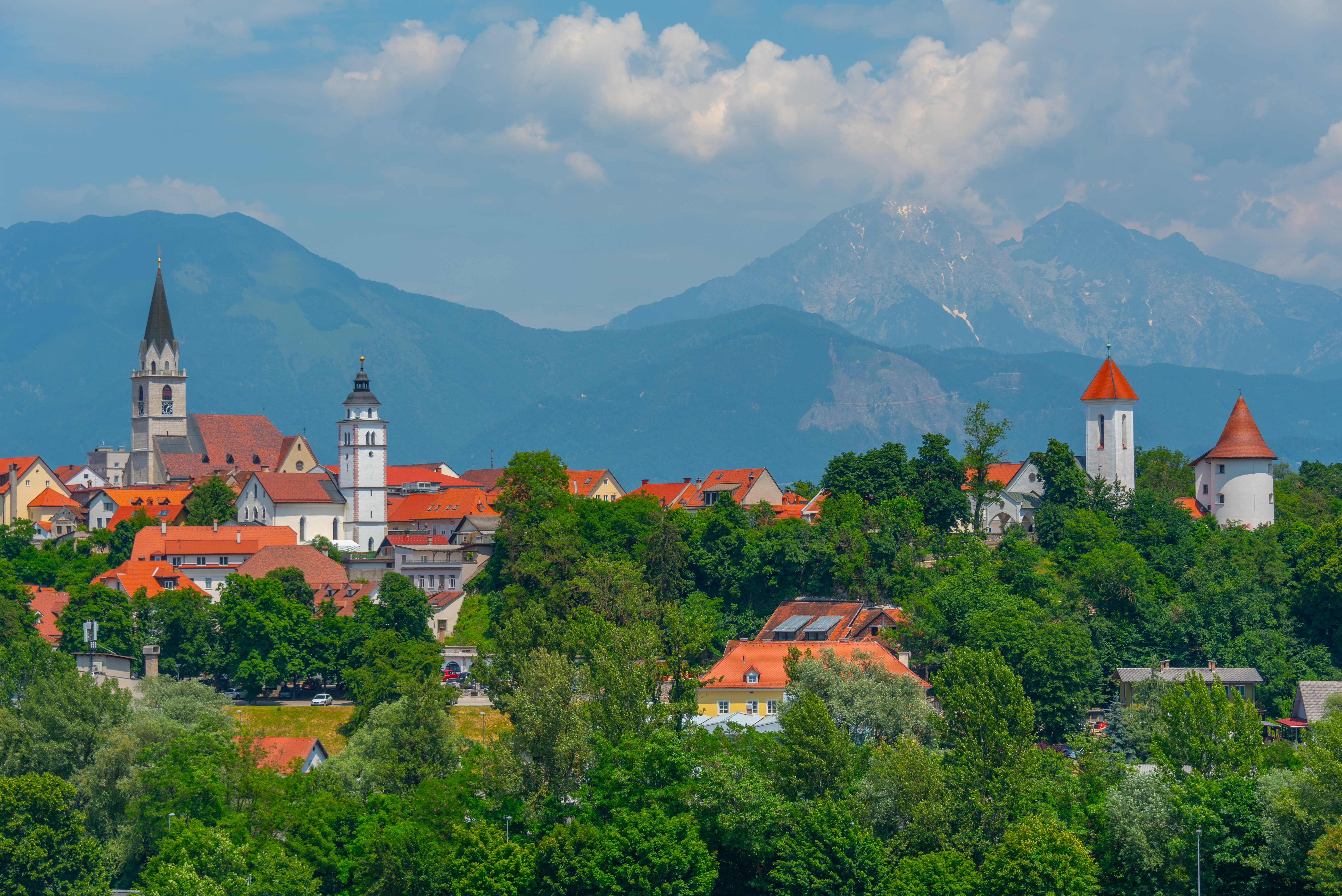Slovenia
In 2018, all 18 municipalities of Gorenjska adopted a joint Sustainable Energy and Climate Action Plan (SECAP), developed using the Covenant of Mayors methodology. With coordinated support and political will, the region aims to cut CO₂ emissions by at least 40% by 2030 and enhance resilience to climate change.

The Gorenjska region, located in northwest Slovenia is a pioneering example of regional cooperation in climate and energy planning. In 2018, the 18 municipalities of the region jointly adopted a regional Sustainable Energy and Climate Action Plan (SECAP), developed according to the methodology of the EU Covenant of Mayors.
A joint commitment of 18 municipalities
This joint SECAP provides a unified framework for reducing CO₂ emissions by at least 40% by 2030 (compared to 2005) in the path to climate neutrality by 2050, while enhancing regional resilience to climate change through adaptation measures.
The plan integrates data on energy use, emission sources, and local vulnerabilities, and proposes sector-specific measures across buildings, transport, industry, and land use.
Data-driven planning for Gorenjska's energy transition
The Gorenjska SECAP is built upon a comprehensive baseline analysis of the region’s energy consumption, emission sources, and environmental conditions. Drawing from data collected between 2005 and 2016, the plan identifies key trends, challenges, and intervention points for reducing greenhouse gas emissions and strengthening climate resilience.
The plan focuses on five main energy-consuming sectors: municipal buildings and infrastructure; residential buildings; industry; transport and mobility; public lighting and heating systems.
By mapping energy flows and CO₂ emissions at the municipal level, the SECAP sets specific targets and actions tailored to each local authority. Notably, it combines mitigation strategies, related to energy efficiency, renewable energy deployment or sustainable transport for instance with adaptation measures, touching upon urban heat, flooding, air quality or seasonal variability.
The plan also evaluates the renewable energy potential of the region, including solar (rooftop and thermal) energy; biomass from forests (68% of land cover); hydropower; geothermal and wind (with limited viability). The result is a targeted, data-driven roadmap that reflects both the regional characteristics of Gorenjska territory and the broader objectives of the EU climate framework.
Lessons learnt and next steps
The development of the joint SECAP for Gorenjska provides valuable lessons in regional cooperation and climate governance. Coordinating 18 municipalities under a shared framework improved planning efficiency, harmonised data collection, and fostered a unified vision for climate action.
Political support was essential, with all municipal councils endorsing the plan in October 2018, the process gained legitimacy and ensured shared commitment.
A key success factor was the use of detailed, localised data. Energy use, building stock, emission sources, and geographic characteristics, such as heating season length and elevation, were analysed to design targeted and realistic measures. The region’s diversity, from alpine peaks to urban basins, required tailored responses to challenges like air pollution, high heating demand, and flood risks.
The SECAP also reinforced the value of multilevel governance and cross border cooperation. By aligning local actions with national and EU goals through the Covenant of Mayors, municipalities improved their access to funding and technical assistance. The development of local and regional targets also helped the cities, in Slovenia and in the neighbour country Italy, to set pilot projects related to energy efficiency and climate adaptation.
This happens given the plan integrates both mitigation and adaptation, recognising that climate change impacts — such as extreme temperatures, floods, and poor winter air quality — must be addressed in a coordinated way. The joint SECAP led for instance to regional sustainable mobility measures, related to car sharing, regional centre for mobility, connected public transports at municipalities level, or regional cycling infrastructure. It also brought a sense of community work for Gorenjska’ cities, helping them to gather good practices from peers, and to build impactful projects with regional influence. Additionally, it helped smaller municipalities gain access to resources, funding, and ultimately advance towards climate neutrality as a region.
Further support will be directed toward capacity building, financing, and project development. The use of nature-based solutions, especially in flood-prone and heat-affected areas, will support adaptation. Gorenjska’s joint SECAP stands as a replicable model for other Slovenian and Alpine regions seeking to combine strategic cooperation with local action.
The development of the joint SECAP paved the way for Kranj to join the EU Climate Neutral and Smart Cities Mission. They are now part of the innovative initiative, accompanying cities to go further, and paving the way to climate neutrality already by 2030.
This approach, combining coordinated actions, ambitions and political will, highlights how multilevel governance is a key tool for European cities and regions to achieve their transition and serve as a scalable model for European cities and regions.
City of Kranj/ All municipalities of Gorenjska region, Slovenia

Covenant Member since June 2017
Area covered: Regional - Gorenjska region (2,137 km2)
Key figures
- 18 municipalities involved, including: Bled, Bohinj, Cerklje na Gorenjskem, Gorenja vas – Poljane, Gorje, Jesenice, Jezersko, Kranj, Kranjska Gora, Naklo, Preddvor, Radovljica, Šenčur, Škofja Loka, Tržič, Železniki, Žiri, Žirovnica
- Urbanised area: 4.5% of total land (dominated by forest: 68.4%)
- Share of protected natural areas: Over 50% (including Triglav National Park and Natura 2000 sites)
GHG emissions reduction:
- Long-term vision toward climate neutrality by 2050
- Minimum 40% reduction of CO₂ emissions by 2030 (baseline: 2005)
Joint regional approach to climate mitigation and adaptation and alignment with the Covenant of Mayors for Climate and Energy
Related links
Joint SECAP approach methodology
Interreg V-A Italy-Slovenia 2014-2020
Planning climate action at the local level - Lessons learned on developing and implementing SECAPs from the LIFE Unify Project
Financing the project
Total project value: 2.940.351,30 €
SECAP development budget:
The preparation of the regional SECAP was co-financed at 85% by the EU Interreg Alpine Space programme.
The remaining 15% were covered by the municipalities of the region, based on a joint decision of the Gorenjska Regional Council in February 2017.
Contact
Local Energy Agency of Gorenjska
Phone: + 386 (0)59 92 49 74
E-mail: info@leag.si
